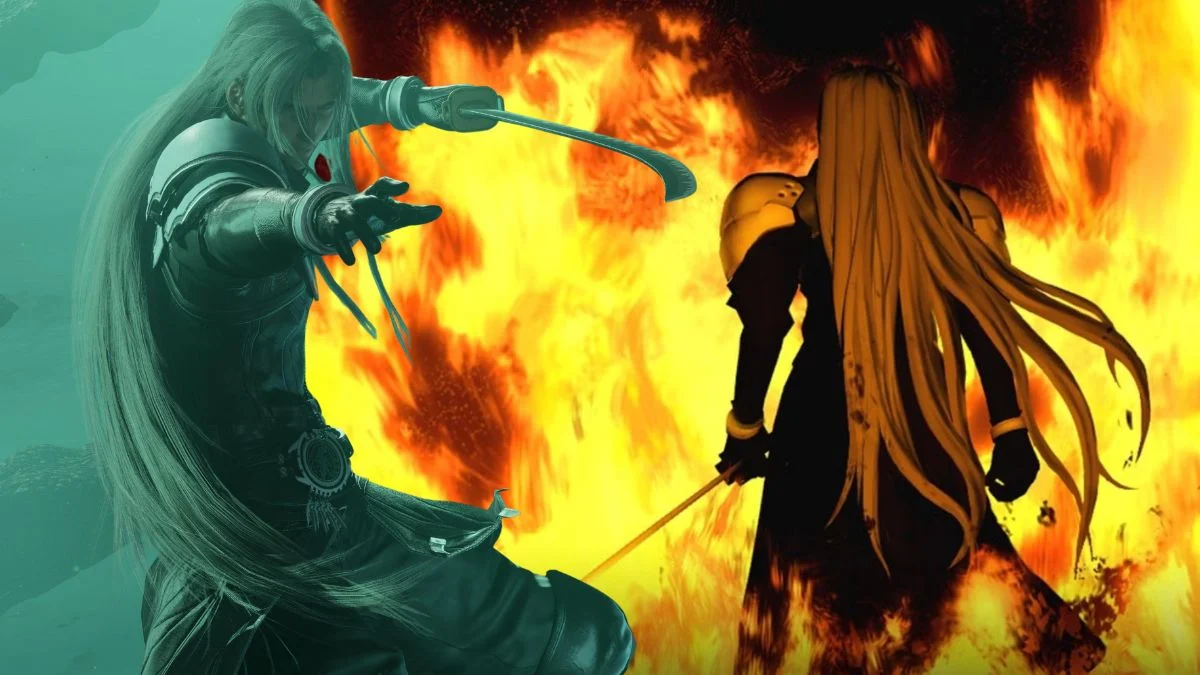
Sephiroth is a dominant character in ‘Final Fantasy VII,’ profoundly influencing the story, music, and even the experience of fighting bosses. Every detail about him – from his sword to his musical theme – was carefully designed to be memorable and provide players with clear, recognizable traits. His consistent characteristics are maintained throughout the game’s backstory, related projects, and appearances in other games, always reinforcing who he is and what he stands for. You can follow his development across all these different forms of media.
Here’s a detailed look at specific facts about his design, skills, music, and story roles in various ‘Final Fantasy VII’ games and films. Each section highlights confirmed details – things like weapon sizes, how the music is created, and how the plot works – to explain what makes these elements special. If you’re already familiar with the series, you’ll likely recognize these details. If you’re new, this can serve as a guide to understanding what the character does throughout his appearances.
The Masamune’s signature length and fighting style
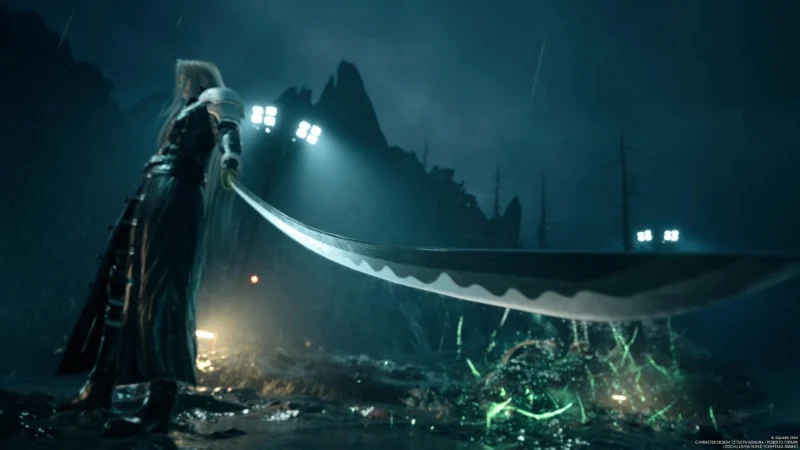
Sephiroth’s sword, the Masamune, is shown as a very long odachi – much longer than a typical katana. The animators and artists use this length to explain why it has such a large attack range in fights, and to create unique poses where the tip extends far beyond his opponent’s defenses. In promotional artwork and in-game cutscenes, the blade’s curve is kept gentle so it’s easily recognizable even from far away.
When I’m playing as Sephiroth, I’ve noticed his combat animations really emphasize long, sweeping cuts and thrusts. It’s cool how they show off the Masamune’s length and leverage. During boss fights, his sword’s reach means attacks aren’t instant – they have a bit of travel time, which the game cleverly balances by letting you dodge and parry. Honestly, the Masamune isn’t just a pretty sight; it actually changes how I approach fights, forcing me to think about spacing and timing every time Sephiroth goes into battle. It’s a real, impactful tool!
The one wing motif and how it is used on screen
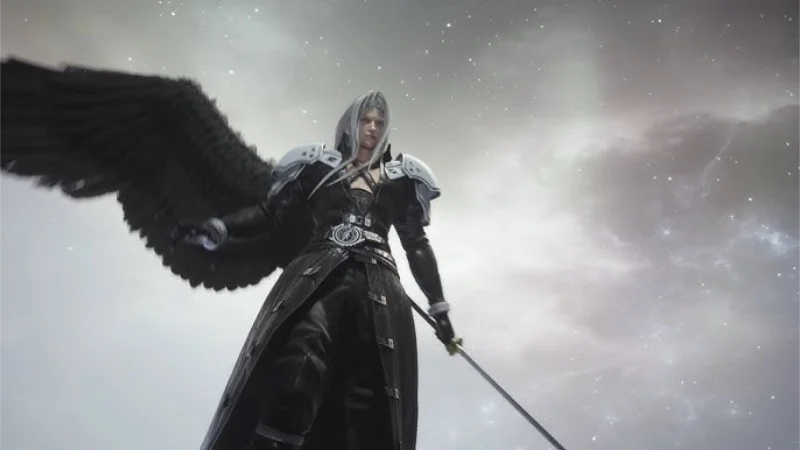
The lone black wing shows up in cutscenes and promotional images to highlight times when Sephiroth is taking charge or going beyond his usual abilities. Visual effects artists add feather particles to camera movements and transitions between scenes, giving editors a quick visual cue to show when he arrives or leaves. The wing also makes it easier to direct scenes, allowing the character to move up and down without needing extra set pieces.
Gameplay moments utilize the wing design to make things easier to understand. When the wing appears, players immediately recognize that a new stage is beginning or a new ability is becoming available. The animators carefully synchronize the wing’s appearance with specific sounds, ensuring a consistent look and feel between the main game and spin-offs like ‘Advent Children’ and ‘Crisis Core’. This tight coordination between visuals and sound enhances the overall experience.
The ‘One Winged Angel’ theme’s structure and instruments
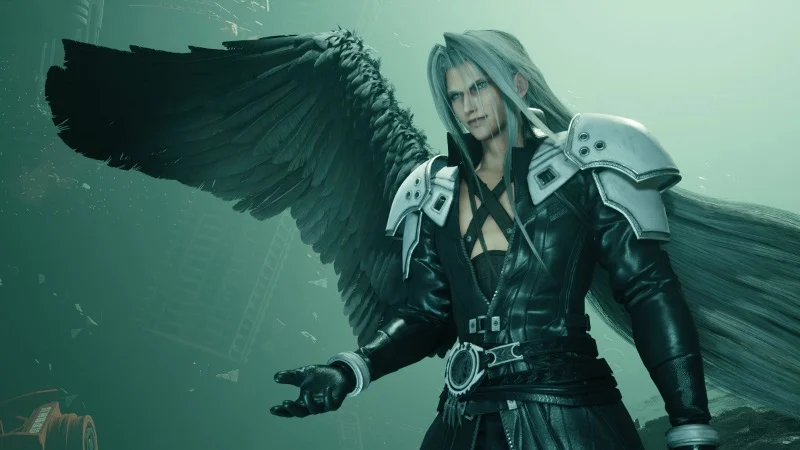
The song ‘One Winged Angel’ blends a full orchestra with a chorus that repeatedly sings syllables in a rhythmic way. The music changes speed and fullness to reflect the increasing tension of the climactic battle shown on screen. A large choir combined with strings and drums creates a unique sound for the theme, and composers have used this same sound in other pieces later on.
Later games in the ‘Final Fantasy VII’ world offer different takes on the music, keeping the core melodies but altering the instrumentation. You’ll find versions that highlight electric guitar, synthesizer sounds, or more complex drumming to match updated combat. These new arrangements still use the famous musical themes, so players immediately recognize Sephiroth’s theme when they hear the opening notes.
Supernova’s cinematic variations across versions
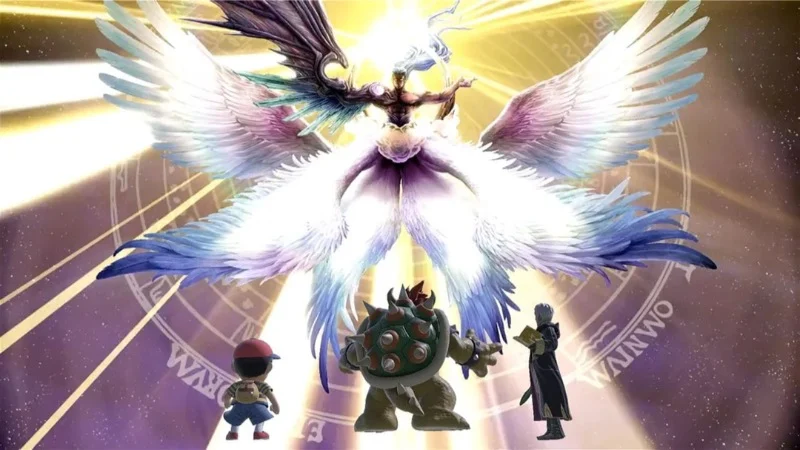
Supernova is shown as a visually stunning attack. It depicts a cosmic event where a powerful wave moves across space and then hits the characters. The length, how it’s shown on screen, and when the damage happens can change depending on the game system and how quickly the game moves. In some versions, the damage is calculated to occur at the exact moment the visual impact happens, making the effects feel perfectly timed.
Later games and updated versions enhance the visual effect using current shader and particle technology, but they still maintain the fundamental idea of the original. Designers keep the feeling of vastness by smoothly transitioning the camera from close-up views to the wider battlefield with careful timing. This ensures that Supernova remains a memorable moment, linking detailed animation to a clear result in the gameplay.
The Nibelheim incident’s role in the main narrative
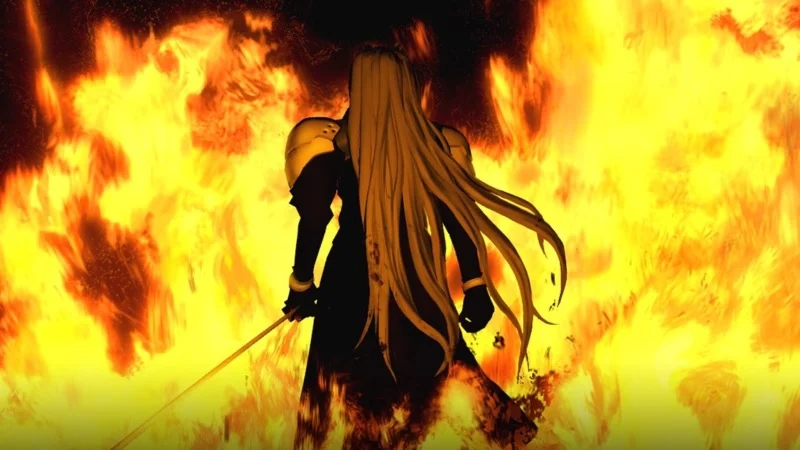
Sephiroth learning about the research done at the Nibelheim reactor is what starts the series of events that shape Cloud’s past. This episode features confirmed events, such as the town being burned and the fight at the mako reactor. The game uses flashbacks and later explains these scenes from various viewpoints to address inconsistencies in memories and storytelling.
The incident serves as a central point for the entire ‘Compilation of Final Fantasy VII’ series. Games like ‘Crisis Core’ give us more background on the characters involved and how the goals of the mission changed. This allows writers to tell different characters’ stories within the same setting and timeframe, all while staying true to the original storyline.
Jenova cells and the Project S background
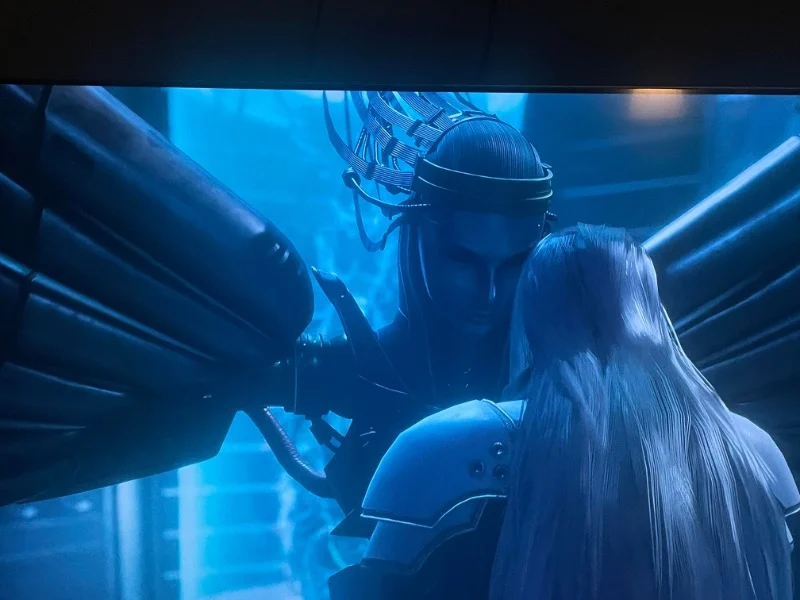
As a huge fan, I’ve always been fascinated by how Sephiroth got his incredible powers. It’s all tied to his exposure to Jenova cells through something called Project S. Basically, the idea is that when those cells integrate with someone, it gives them amazing strength and makes them really tough, but it also unlocks strange abilities like being able to influence people with their mind. The in-game documents – things like logs and reports – show that the scientists behind Project S were doing controlled experiments, and they were carefully testing different ways and times to expose people to the cells. It’s a really detailed backstory, and it explains a lot about why Sephiroth is so powerful and unique. You can find more details within the game’s lore!
These details are key to how the plot works, like explaining how Sephiroth can influence people with similar cells. Important story moments utilize this connection to show things like hallucinations, shared visions, and forced movement-a phenomenon called the Reunion. By linking powers to a made-up biological system, the story can introduce new abilities while still maintaining a consistent set of rules.
The Black Materia and the plan to summon Meteor
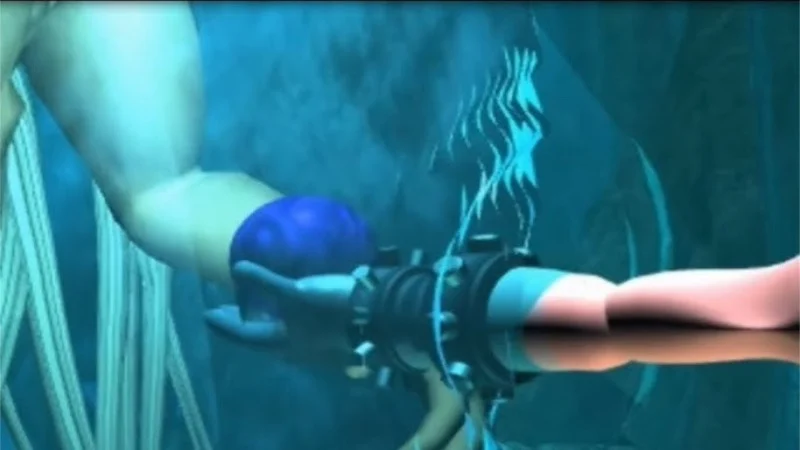
As a gamer, I always remember the Black Materia as the key to summoning Meteor. It’s not just a powerful item, though – it changes hands a *lot* during the story. There are specific places you need to be and events that have to happen before you can actually use it. This meant we, as a party, were always thinking about where it was and what the bad guys might do with it, making it a huge focus for both our strategies and the antagonist’s goals throughout the whole game. It really drove the plot!
Sephiroth’s plan centers around the destruction that the Meteor will inflict on the Planet. This damage will create a huge surge of energy, which he aims to absorb. Important locations, such as the Northern Crater, help establish how the plan works and when the lifestream will react. The story connects these events to both the characters’ goals and the large-scale consequences for the world.
Appearances across the ‘Compilation of Final Fantasy VII’
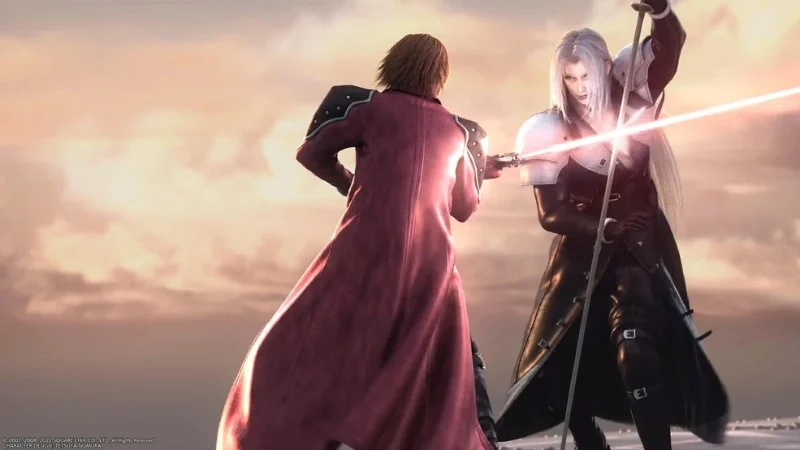
As a huge fan, I’ve been following Sephiroth’s story through a lot of different games and movies! ‘Advent Children’ really continues the fight, picking up after the original and exploring what’s left of the remnants, and it even introduces this cool idea of how things can be ‘rebuilt’ that’s connected to Jenova. Then there’s ‘Crisis Core’, which is a prequel that shows what happened with Zack Fair – it’s amazing to see how his story and the missions he was on actually foreshadowed a lot of what happens in the main game. It really adds so much depth!
‘Dirge of Cerberus’ and other games continue to allude to Sephiroth through things like in-game records, the appearance of enemies, and events happening in the game world – all linking back to what he’s done. The ‘Remake’ and ‘Rebirth’ projects are bringing the character into the story sooner and showing him more often, while using updated visuals and reworked scenes. They still use recognizable elements – like his Masamune sword and familiar music – to help players follow the ongoing story and maintain a sense of continuity.
Crossovers in ‘Kingdom Hearts’ and ‘Super Smash Bros. Ultimate’
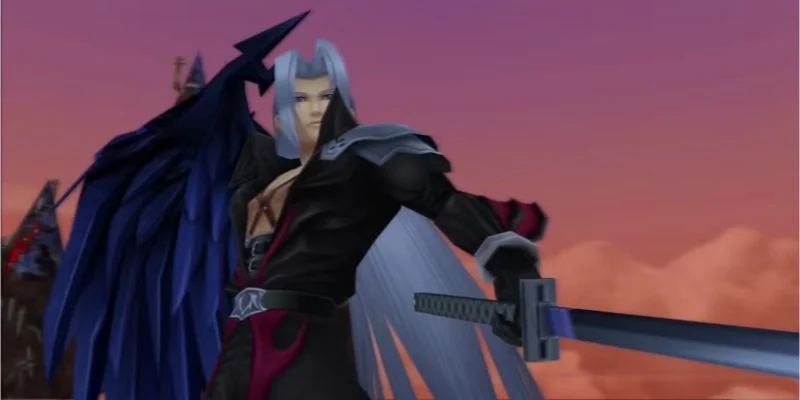
Sephiroth shows up as a hidden or extra boss in multiple ‘Kingdom Hearts’ games, and his attacks have been modified for fast-paced action. These battles feature longer health meters, special arena introductions, and short musical cues that use pieces of ‘One Winged Angel’. The game’s mechanics have also been adjusted – things like timing for dodging and openings for attacks are changed to work well with the series’ emphasis on air combos and magic.
In ‘Super Smash Bros. Ultimate’, Sephiroth is a new playable character who fights with only one wing, which gives him increased speed and strength when certain conditions are met. His long sword, the Masamune, helps him control the distance between himself and opponents, and his special moves allow him to effectively control areas of the stage. When he was revealed, a Sephiroth Challenge event was also launched, where players could earn rewards by defeating him quickly.
Character design lineage and production notes
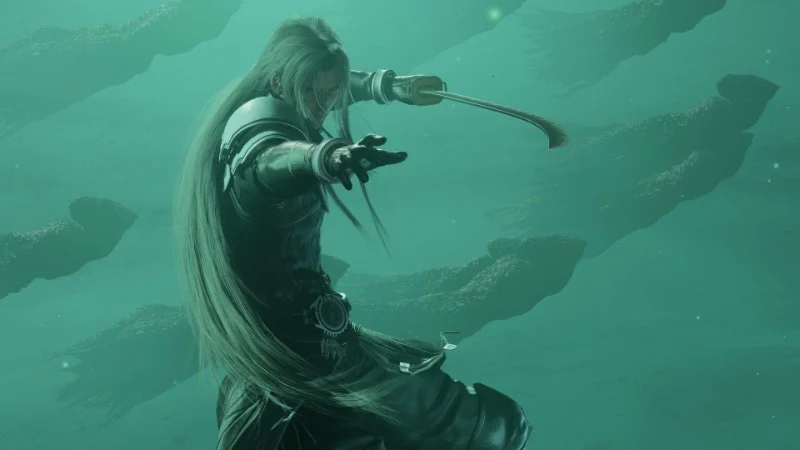
The creation of Sephiroth’s appearance involved deciding on a tall character with silver hair, a long coat, and matching shoulder pieces (pauldrons). Artists specifically used cool colors to make him stand out from the green glow of mako energy, ensuring he’s easily visible in places like reactors and labs. His overall shape was designed to be recognizable even when viewed from far away.
The way Sephiroth is presented is intentionally different from other soldiers in the game. This is achieved through details like his stance, the length of his coat, and how his hair moves. To make these movements realistic, the character artists gave his hair and coat extra bones. This allows them to move separately from the rest of his body during both story scenes and battles, making sure he always looks right – whether he’s standing still during a conversation or fighting a boss.
Share your favorite concrete detail about Sephiroth in the comments so everyone can compare notes.
Read More
- Silver Rate Forecast
- Gold Rate Forecast
- Красный Октябрь акции прогноз. Цена KROT
- Navitas: A Director’s Exit and the Market’s Musing
- Unlocking Text Data with Interpretable Embeddings
- 2026 Stock Market Predictions: What’s Next?
- VOOG vs. MGK: Dividend Prospects in Growth Titans’ Shadows
- XRP’s Wrapped Adventure: Solana, Ethereum, and a Dash of Drama!
- Itaú’s 3% Bitcoin Gambit: Risk or Reward?
- Investing in 2026: A Tale of Markets and Misfortune
2025-10-05 04:20